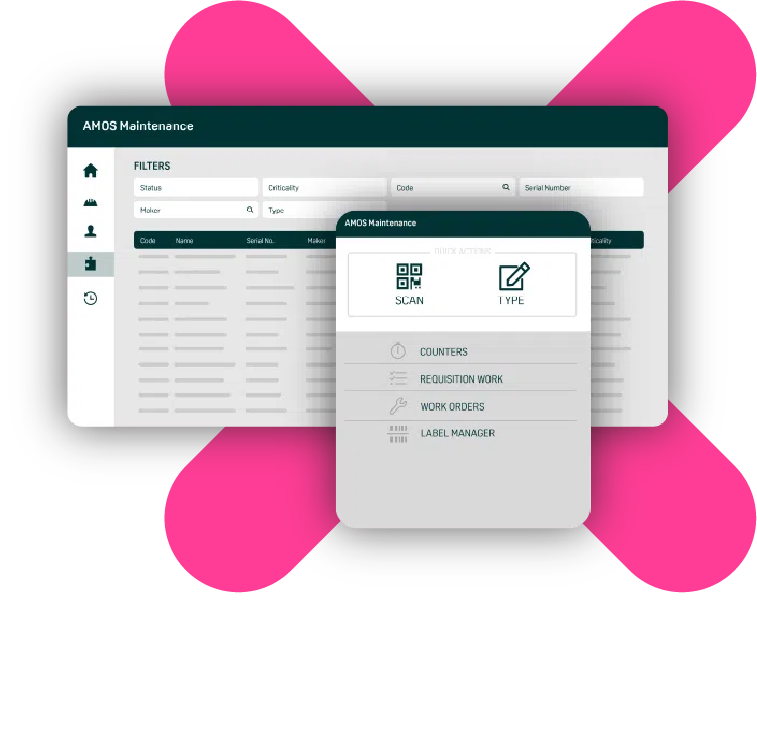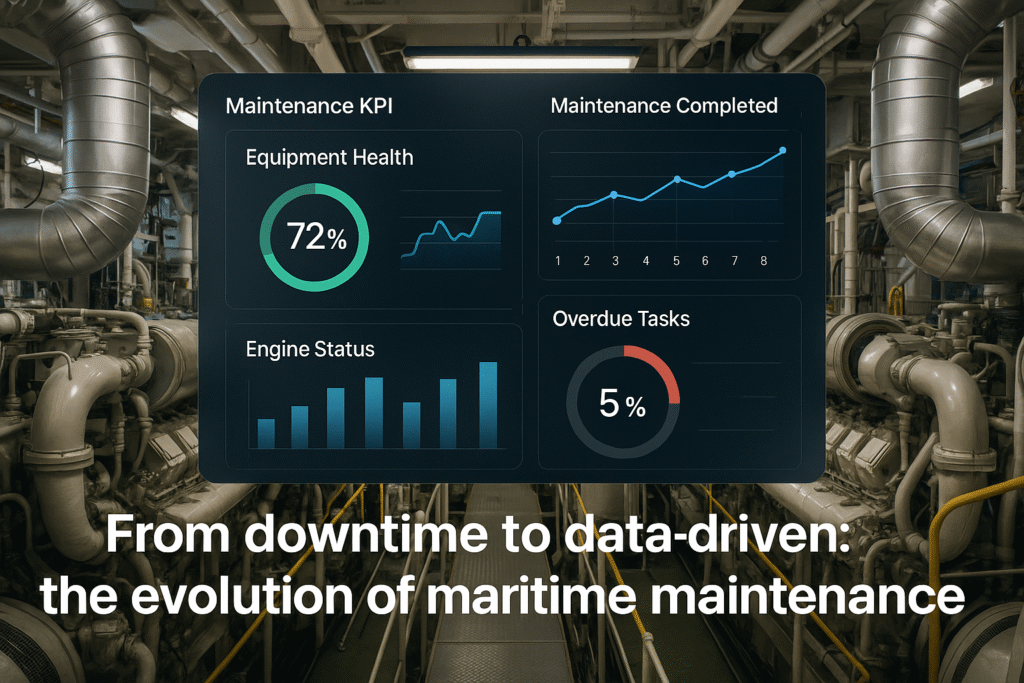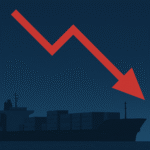In 2025, planned maintenance in shipping is undergoing a quiet revolution. What was once a fragmented, paper-driven process is now becoming streamlined, data-rich, and cloud-connected – powered by hybrid models that balance performance with flexibility.
As fleets modernise, the shift to hybrid cloud platforms is transforming how maritime organisations manage maintenance – driving gains in uptime, compliance, crew efficiency, and cost control. Here’s what’s changing, and why it matters.
1. What Is a Hybrid Cloud Model in Maritime Maintenance?
Hybrid cloud models combine onshore cloud infrastructure with local vessel systems. This allows ships to operate efficiently – even offline – while still syncing data seamlessly with centralised systems when connectivity is available.
This is critical for planned maintenance workflows, where ship-to-shore consistency, auditability, and job execution all depend on up-to-date data.
With hybrid models:
- Maintenance history and job packs are accessible onboard and ashore
- Crews can perform inspections or repairs offline
- Syncing happens automatically when vessels connect, ensuring a “single source of truth”
Data point: Gartner predicts that by 2025, 85% of infrastructure strategies will integrate on-premise, cloud, and edge delivery options, up from 20% in 2020 – and maritime is no exception.
2. Why Traditional PMS Systems Fall Short
Legacy planned maintenance systems are often limited to vessel-based databases or poorly connected office installs. This leads to:
- Disjointed processes: Tasks completed onboard aren’t visible to shore staff in real time
- Manual reporting: Engineers must export logs, email spreadsheets, or rely on replication cycles
- Compliance risk: Survey readiness, defect tracking and job completion visibility suffer
In a global, 24/7 industry, these inefficiencies carry real costs. Maintenance delays reduce asset availability, while poor traceability creates regulatory exposure.
3. Hybrid Models Enable Proactive, Not Reactive Maintenance
Planned maintenance is evolving from schedule-based to risk-based strategies. That shift depends on clean, synchronised data – something only hybrid cloud platforms can deliver consistently.
With hybrid cloud:
- Superintendents can monitor overdue jobs, backlogs and risk profiles fleet-wide
- Fault data is captured and shared in near real-time
- AI/ML engines can spot trends and recommend optimised maintenance windows
Insight: Hybrid PMS systems help reduce unplanned downtime by up to 15% and improve crew efficiency by 30%, according to various data sources.
4. How AMOS-X Embodies This Shift

SpecTec’s AMOS-X platform is a standout example of how hybrid cloud is reshaping planned maintenance in 2025.
Built around the “Power of Three” – Maintenance, Inventory, and Procurement – AMOS-X is web-first, persona-driven, and designed for real maritime conditions.
What makes AMOS-X different?
- Cloud-ready, offline-capable: Works at sea and onshore without connectivity constraints
- Interface designed for you: A single UI across the 3 core modules you need most – maintenance, inventory, procurement
- Fleet-wide oversight: Central office dashboards show live task status and overdue trends
- Predictive planning: Built-in analytics highlight repeat faults and at-risk equipment
- Simplified crew adoption: Intuitive design means even junior engineers can navigate workflows confidently
5. Benefits: From Compliance to Cost Control
The operational advantages of hybrid cloud models go far beyond uptime:
| Benefit | Impact |
| Reduced downtime | Up to 15% fewer disruptions |
| Faster audit prep | 50% reduction in compliance workload |
| Crew efficiency | 30% improvement in task execution |
| Predictable spend | Budget control via centralised analytics |
| ROI timeline | Break-even in <12 months |
AMOS customers have reported savings of $30,000 per vessel per year, simply by streamlining maintenance, inventory, and procurement workflows.
6. The Human Factor: Crew Adoption and Training
One of the key strengths of AMOS-X is its user-centric design. Maintenance systems often fail not because of technical limits, but because they’re too complex for crews to use effectively.
AMOS-X flips this by offering:
- Visual dashboards tailored to user roles
- Step-by-step digital job flows
- Offline modes for rugged environments
This means smoother rollouts, faster adoption, and fewer human errors.
7. Flexibility for the Future
Not every shipping company is ready, wanting, or willing, to go fully cloud-based. That’s where hybrid deployment comes in.
Shipowners often cite legitimate reasons to keep certain systems on-premise, such as:
- Cybersecurity policies requiring sensitive data to remain within company infrastructure
- Compliance with client or flag-state regulations on data residency
- Control over critical records like audit trails, certifications, crew data or financial logs
- Limited or unreliable connectivity at sea or in remote locations
AMOS-X supports full cloud, hybrid, or on-premise deployment – allowing operators to:
- Move core operations like maintenance and procurement to the cloud
- Keep Quality & Safety and other modules securely onboard or in-office
- Maintain business continuity regardless of internet status
This flexibility ensures you stay secure, compliant, and connected – on your terms.
AMOS-X gives you the freedom to deploy at your pace – with no disruption to your existing AMOS data.
Final Thought: Don’t Let Legacy Hold You Back
Cloud adoption isn’t just about technology. It’s about operational resilience. In a time of regulatory pressure, crew shortages, and margin compression, planned maintenance must be smart, connected, and scalable.
Hybrid cloud models make that possible.
And platforms like AMOS-X by SpecTec are showing maritime leaders how to get there – not in five years, but now.
Ready to Modernise Maintenance?
If you’re exploring smarter ways to manage planned maintenance without disrupting operations, AMOS-X is the logical next step.
It’s trusted by top fleets, built for harsh maritime realities, and proven to reduce downtime, cut costs, and drive compliance.

One platform. Total fleet performance.




